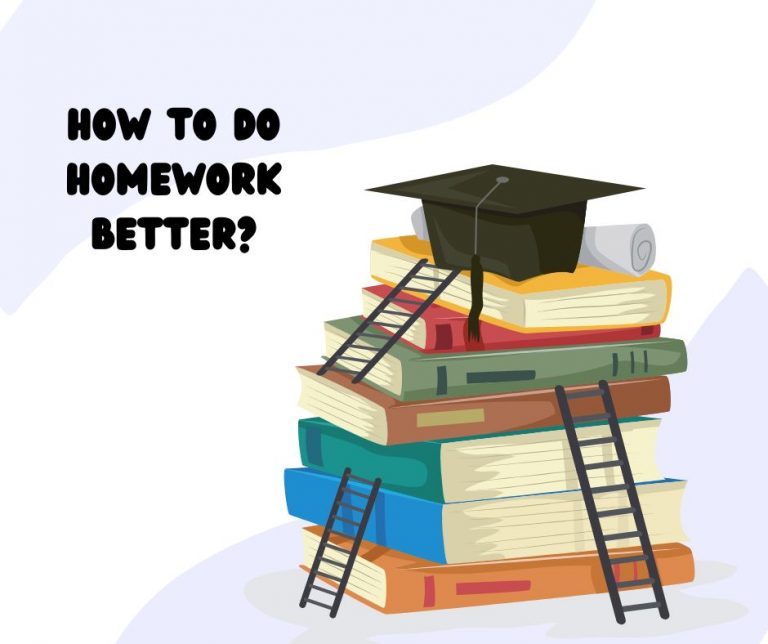In today’s world, where the pressure to excel academically starts as early as kindergarten, one important question keeps popping up in every parent’s mind:
“How do I help my child balance study and play?”
The truth is that study and play are equally important in a child’s growth. One promotes intelligence, focus, and long-term success; the other fosters creativity, confidence, social skills, and emotional well-being.
When either one is neglected, children miss out on something important.
So, what is the solution? It’s not about sacrificing playtime for more homework or canceling study hours for more screen time; it’s about striking a healthy balance so that your child excels in both areas.
Let’s get started and see how we can do this.
Why Is It Important to Balance Study and Play?
Balancing study and play isn’t just about time management—it’s about shaping well-rounded, emotionally intelligent kids. Here’s why both matter:
Benefits of Studying
- Builds focus and discipline
- Teaches critical thinking and problem-solving
- Strengthens memory and knowledge
- Prepares kids for academic success
Benefits of Playing
- Boosts creativity and imagination
- Improves physical health and coordination
- Teaches teamwork and social skills
- Reduces stress and builds emotional resilience
When one outweighs the other (for example, all homework and no play), children grow stressed, bored, or even worried.
On the other hand, excessive unstructured play might be detrimental to academic performance. The goal is equilibrium.
According to the American Academy of Pediatrics, play is essential for developing social-emotional, cognitive, language, and self-regulation skills that build executive function and contribute to school readiness.
Common Struggles Parents Face
Many parents today deal with the same tug-of-war:
- Kids who avoid studying and only want to play video games.
- Children overloaded with homework, missing out on social development.
- Guilt from saying “no” to play or “yes” to too much relaxation.
The good news? A little structure and intention go a long way. If you’re wondering how to help your child with homework more effectively, establishing a routine is crucial.
1. Create a Daily Routine (But Keep It Flexible)
Kids thrive on structure. A predictable routine helps them mentally prepare for what comes next, whether it’s homework, a snack break, or outdoor play.
Example Balanced Routine (Ages 6–12):
- 3:30–4:00 PM: Healthy snack & downtime
- 4:00–5:00 PM: Homework/study time
- 5:00–6:00 PM: Outdoor or free play
- 6:00–7:00 PM: Family time/dinner
- 7:00–8:00 PM: Reading or quiet activity
- 8:00 PM: Bedtime routine
Tip: Adjust it based on your child’s age, school load, and energy levels.
2. Use a Homework Planner
A homework planner helps kids track assignments and manage time effectively. It reduces stress and gives a clear view of their academic responsibilities, leaving more room for guilt-free play.
Pro Tip: Let your child decorate or personalize their planner; it builds ownership and makes organizing more fun.
3. Break Study Sessions into Chunks (Pomodoro Style)
Long study sessions can burn kids out. Try using the Pomodoro Technique:
- 25 minutes of focused study
- 5 minutes break (stretch, snack, or joke around)
- After 4 cycles, take a longer 15–30 minute break
This method boosts productivity and gives regular space for fun. Learning how to focus on homework can make study time more efficient and effective.
4. Schedule Play as an Important Activity
Don’t treat playtime as optional or a reward; it’s just as important as studying. Whether it’s sports, imaginative play, or board games, block off playtime in the daily schedule.
Play enhances learning by improving attention spans and relieving academic pressure.
5. Limit Screen Time (Strategically)
Some screen time is okay, especially for educational content, but balance is key.
Set clear limits:
- 1 hour of screen time after homework is complete
- Weekends: more flexibility, but still with breaks
- Encourage active play over passive scrolling
Research from the Mayo Clinic suggests limiting recreational screen time to no more than one to two hours per day.
6. Encourage Different Types of Play
Balance isn’t just between study and play; it’s also about what kind of play.
Include:
- Physical play: sports, running, biking, dancing
- Creative play: drawing, building, role-playing
- Social play: with friends, siblings, cousins
- Quiet play: reading, puzzles, solo activities
This broadens their development across all skill areas.
Role of Parents in Maintaining the Balance
As a parent or guardian, your support is key. Here’s how you can help:
Set Clear Expectations
Let your child know that both study and play are essential and non-negotiable. Set limits for screen time but encourage active play or reading.
Be a Role Model
Children learn by watching. If they see you balancing work and leisure, they’ll mimic that behavior.
Celebrate Small Wins
Did they finish their homework on time? Or choose outdoor play over screen time? Celebrate it! Positive reinforcement builds lasting habits.
Don’t Overschedule
Kids today are overloaded with classes, clubs, and tuitions. Make sure they have free time to simply be kids.
Study and Play Aren’t Enemies; They Complement Each Other
When structured properly, play reinforces learning. For example:
- Building LEGO helps with problem-solving and engineering skills
- Outdoor games improve hand-eye coordination and strategic thinking
- Storytelling games improve vocabulary and narrative skills
The key is to blur the line between learning and fun learning can be fun, and fun can be educational. If you’re wondering does homework really help students learn, understanding this complementary relationship is important.
Common Questions Parents Ask
Q1: How many hours should a child study each day?
It depends on age. Generally:
- 6–8 years: 30–60 minutes
- 9–12 years: 1–1.5 hours
- 13+ years: 2–3 hours
Balance is more important than strict hours. Quality over quantity matters.
Q2: What types of play are best for kids?
Both structured play (sports, dance, music) and unstructured play (imaginative games, free play) are crucial. Unstructured play sparks creativity, while structured play builds discipline and social skills.
Q3: Is screen time considered play?
Not all screen time is bad, but it shouldn’t replace physical activity or creative play. Choose educational games or interactive content when using screens for leisure.
Q4: What if my child refuses to study?
Start small. Use a reward system, create a distraction-free study zone, or study with them for support. Make it collaborative, not a punishment. Finding how to get motivated to study and do homework can help address this challenge.
Q5: Can playing improve academic performance?
Absolutely. Studies show that active play improves memory, attention span, and emotional control, all of which are vital for academic success. According to Harvard University research, play is critical for developing executive function skills.
Final Thoughts: The Best of Both Worlds
Balancing education and play for children does not imply selecting one over the other. It’s about guiding your child’s development into a happy, capable, and confident individual. Giving equal attention to schooling and enjoyment helps to shape a youngster who not only learns to succeed but also enjoys the process.
For those interested in the historical context of homework, you might find it helpful to understand who invented homework and its history.
Let’s raise kids who can solve arithmetic problems and construct a pillow fortress. Because, at the end of the day, both are indicators of a brilliant intellect in action.




